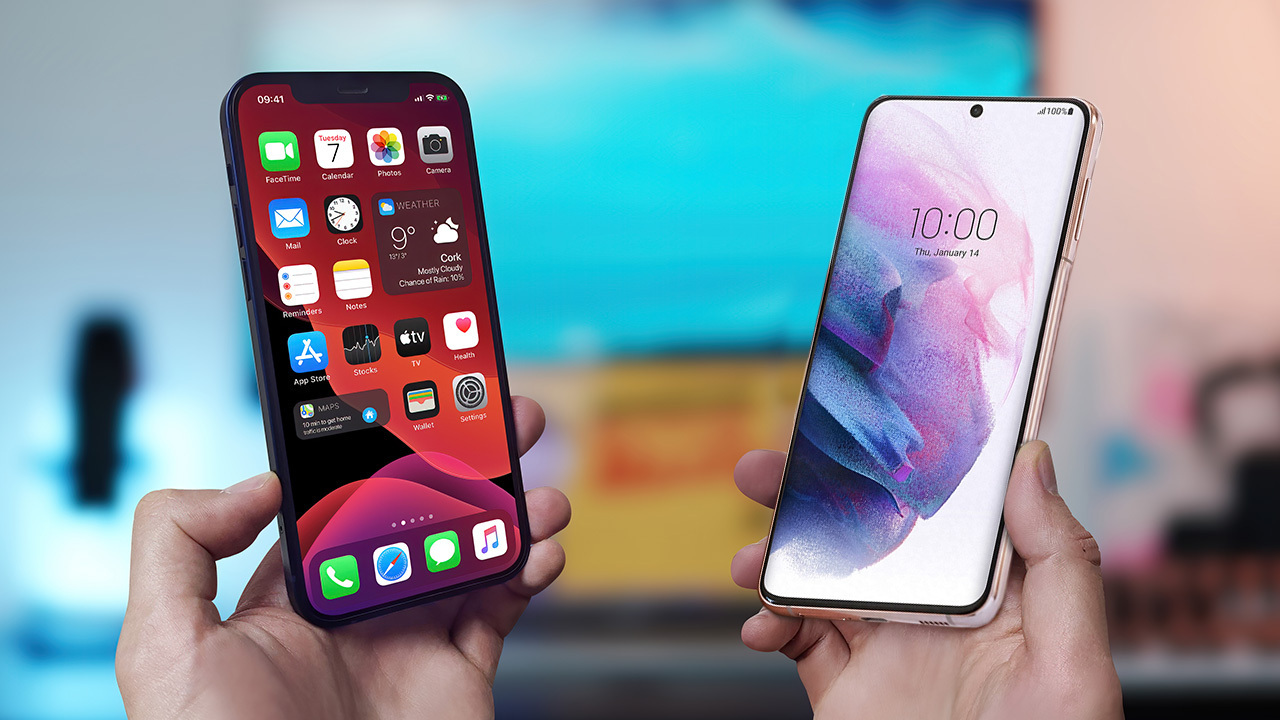
Method 1: Using Google Photos
One of the easiest ways to transfer photos from an Android device to an iPhone involves using Google Photos. This method requires no additional software or hardware.
Steps to Transfer Photos Using Google Photos
-
Set Up Google Photos on Your Android Device:
- Open Google Photos on your Android device.
- Ensure the app is updated to the latest version.
- Sign in with your Google account if you haven't already.
-
Enable Backup:
- Go to settings in Google Photos.
- Select "Backup & sync."
- Turn on the toggle for "Backup & sync."
-
Access Photos on Your iPhone:
- Download and install Google Photos on your iPhone.
- Sign in with the same Google account used on your Android device.
-
View and Download Photos:
- Once signed in, view all your backed-up photos on your iPhone.
- Download any photo by tapping on it and selecting "Save to Library."
Advantages of Using Google Photos
- Seamless Integration: Works well with both Android and iOS devices.
- Cloud Storage: Access photos from any device with an internet connection.
- Automatic Backup: Ensures photos are always backed up.
Method 2: Using AirDrop (iOS 11 and Later)
For iPhones running iOS 11 or later, AirDrop offers a direct way to transfer photos from an Android device.
Steps to Transfer Photos Using AirDrop
-
Enable AirDrop on Your iPhone:
- Go to Settings > General > AirDrop.
- Select "Everyone" or "Contacts Only."
-
Share Photos from Android:
- Open the Photos app on your Android device.
- Select the photos you want to transfer.
- Tap the three dots (⋯) at the top right corner and select "Share."
-
Choose AirDrop:
- In the share menu, select "AirDrop."
- Your iPhone should appear as an available device. Tap on it to initiate the transfer.
-
Accept Transfer on iPhone:
- On your iPhone, accept the transfer notification.
Limitations of Using AirDrop
- Compatibility: Requires compatible versions of operating systems.
- Range Limitations: Devices must be relatively close to each other.
Method 3: Using Third-Party Apps
Several third-party apps can help transfer photos from an Android device to an iPhone without a computer. Popular options include:
Method 3.1: Photo Transfer App
This free app is available for both Android and iOS devices, allowing wireless photo transfer.
Steps to Transfer Photos Using Photo Transfer App
-
Download and Install Photo Transfer App:
- Download and install the app on both devices.
-
Launch App on Both Devices:
- Open the app on both devices.
-
Select Photos on Android:
- Select the photos you want to transfer on your Android device.
- Tap "Send" to initiate the transfer.
-
Receive Photos on iPhone:
- Open the app on your iPhone.
- View the notification indicating photos are being sent.
- Once the transfer is complete, view the received photos in the app.
Method 3.2: Shareit
Shareit allows wireless file transfer, including photos, between devices.
Steps to Transfer Photos Using Shareit
-
Download and Install Shareit:
- Download and install Shareit on both devices.
-
Launch App on Both Devices:
- Open Shareit on both devices.
-
Select Photos on Android:
- Select the photos you want to transfer on your Android device.
- Tap "Send" to initiate the transfer.
-
Receive Photos on iPhone:
- Open Shareit on your iPhone.
- View the notification indicating files are being sent.
- Once the transfer is complete, view the received photos in the app.
Method 3.3: Xender
Xender is another versatile app for wireless file transfer between devices.
Steps to Transfer Photos Using Xender
-
Download and Install Xender:
- Download and install Xender on both devices.
-
Launch App on Both Devices:
- Open Xender on both devices.
-
Select Photos on Android:
- Select the photos you want to transfer on your Android device.
- Tap "Send" to initiate the transfer.
-
Receive Photos on iPhone:
- Open Xender on your iPhone.
- View the notification indicating files are being sent.
- Once the transfer is complete, view the received photos in the app.
Advantages of Using Third-Party Apps
- Ease of Use: User-friendly with minimal setup.
- Versatility: Allows not only photo transfer but also file transfer and other functionalities.
Method 4: Using USB-C to Lightning Cable
A USB-C to Lightning cable can transfer photos directly from an Android device to an iPhone using a USB connection.
Steps to Transfer Photos Using USB-C to Lightning Cable
-
Connect Devices:
- Connect your Android device to your iPhone using a USB-C to Lightning cable.
-
Enable File Transfer on Android:
- Go to Settings > Storage > USB computer connection.
- Select "File Transfer" or "PTP" (Picture Transfer Protocol).
-
Access Photos on iPhone:
- Open the Photos app on your iPhone.
- The connected Android device should appear under "Devices."
- Select the device and navigate to the photos you want to transfer.
-
Copy Photos:
- Copy the desired photos from your Android device to your iPhone.
Limitations of Using USB-C to Lightning Cable
- Hardware Requirements: Requires a specific cable.
- Complexity: Involves more steps compared to other methods.
Transferring photos from an Android device to an iPhone without using a computer is simpler than it seems. Whether using Google Photos, AirDrop, third-party apps like Photo Transfer App, Shareit, or Xender, or even a USB-C to Lightning cable, several methods cater to different needs and preferences. Each method has its own set of advantages and limitations, so choose the one that best fits your situation. Following these steps ensures your cherished memories are safely transferred between devices.
